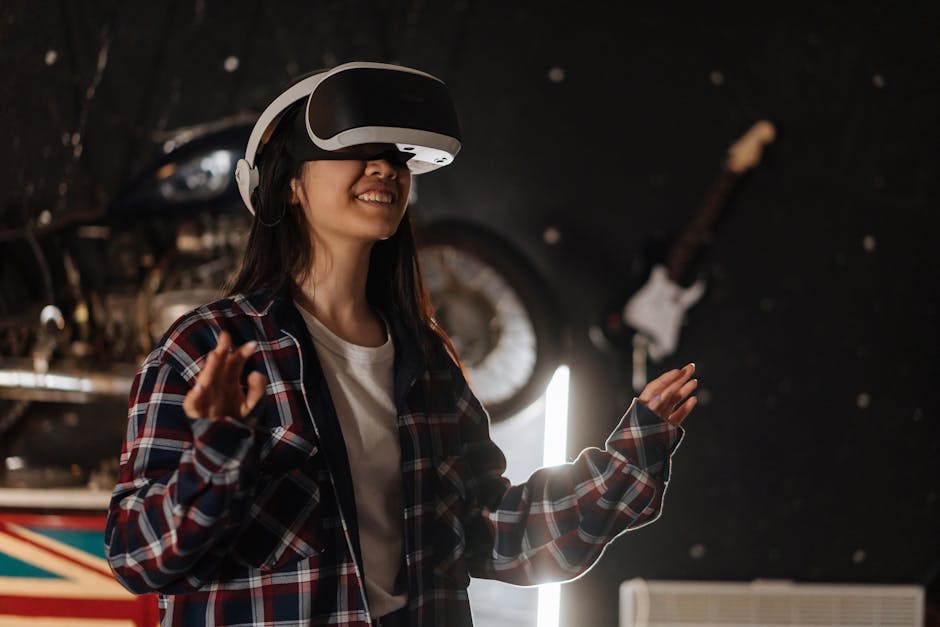
Mind Expanding Virtual Reality Experiences Revolutionizing Art Displays
Virtual reality (VR) has taken the art world by storm, revolutionizing the way we perceive and interact with artistic displays. Through VR, art enthusiasts can immerse themselves in a whole new dimension of creative expression. This mind-expanding technology has opened doors to endless possibilities, allowing artists to push the boundaries of traditional art forms.
One of the most significant advantages of VR in art is its ability to transport viewers to virtual galleries or interactive installations. Gone are the days of crowded museums and limited viewing angles. With VR, you can explore a vast collection of artworks from the comfort of your own home or any location of your choice.
These virtual experiences transport you into a different reality, creating an immersive environment that stimulates your senses. The use of VR headsets and controllers allows you to walk through virtual spaces, admire artwork from close angles, and even interact with the art itself. This level of interactivity enhances the overall experience, making it more engaging and personal.
Artists are embracing this technology to push the limits of conventional art forms. They can now create mind-bending installations, where the boundaries between the physical and virtual worlds blend seamlessly. By combining various media such as 3D modeling, animation, and audio, they can craft immersive experiences that challenge traditional notions of art.
VR also enables artists to experiment with scale and spatial relationships. Through the manipulation of virtual space, they can create artworks that transcend the limitations of physical environments. In a virtual gallery, the possibilities are limitless. Paintings can float in mid-air, sculptures can morph and change shape, and impossible architectural designs become a reality.
Museums and galleries are increasingly incorporating VR installations to enhance their exhibitions. VR allows curators to curate unique experiences and bring art to a wider audience. People who may not have had the opportunity to visit famous museums can now have a similar experience through virtual tours or exhibitions. This technology democratizes art, making it accessible to anyone with a VR headset or even a smartphone.
Virtual reality is proving to be a powerful tool for artists, curators, and art enthusiasts alike. It expands the boundaries of what is possible in the art world, offering a new way to appreciate and engage with creative expressions. As VR technology continues to evolve, we can expect even more mind-expanding experiences that push the limits of our imagination.
